NBP periodically publishes short articles on nuclear energy matters which either have a geographic or topical focus. Feel free to browse through all our articles and if you would like to read on something specific, please use the search function. For example, you can search for articles relating to Africa or India or financing or SMR etc. You can also use the filter function to see articles pertaining to Asia, Africa, India or Türkiye.

MERALCO’s Nuclear Journey: A Blueprint for Southeast Asia
MERALCO is pioneering nuclear energy in Southeast Asia! From scholarships to global partnerships, this Philippines utility is paving the way for a sustainable energy future. Their strategic approach offers a blueprint for other utilities in the region.
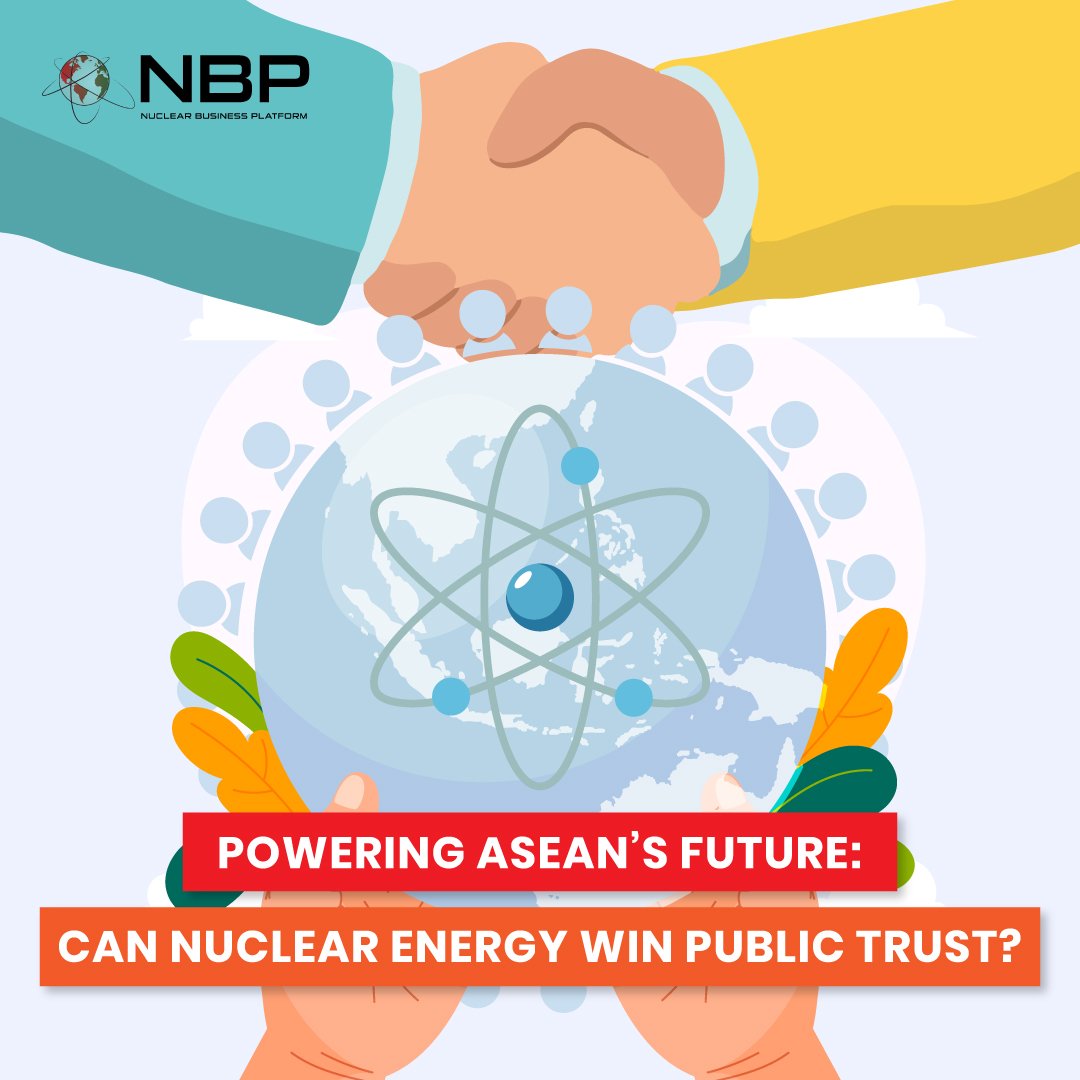
Powering ASEAN’s Future: Can Nuclear Energy Win Public Trust?
ASEAN's nuclear future hinges on public trust! As nations like Indonesia, Philippines, Thailand, and Vietnam explore nuclear energy, public acceptance is crucial. Transparency, education, and community involvement are key to building confidence and ensuring successful implementation.
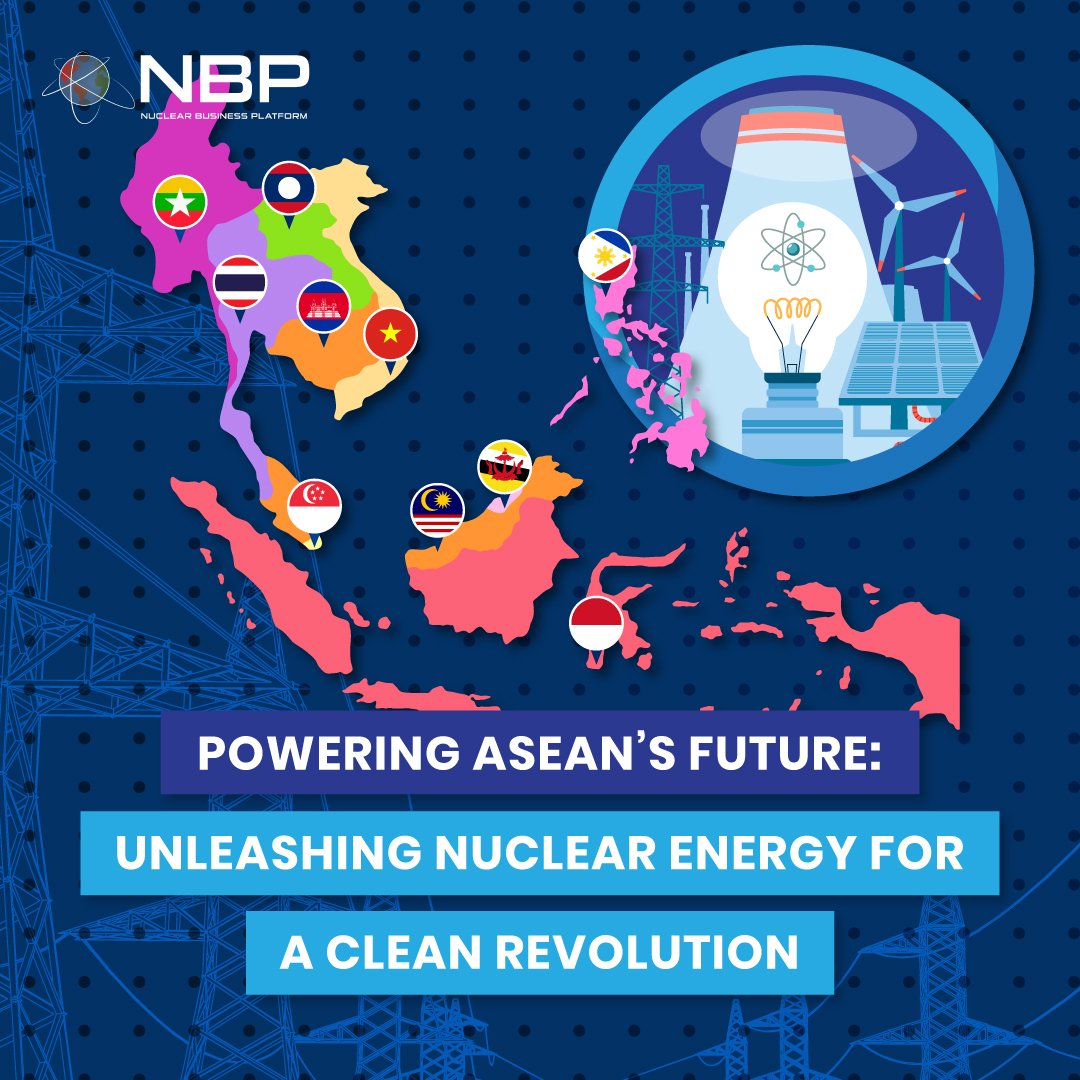
Powering ASEAN’s Future: Unleashing Nuclear Energy for a Clean Revolution
ASEAN countries are increasingly turning to nuclear power to meet their growing energy demands and decarbonization goals. Indonesia, Philippines, Thailand, and Vietnam are leading the way with ambitious plans for nuclear power plant deployment and SMR adoption.
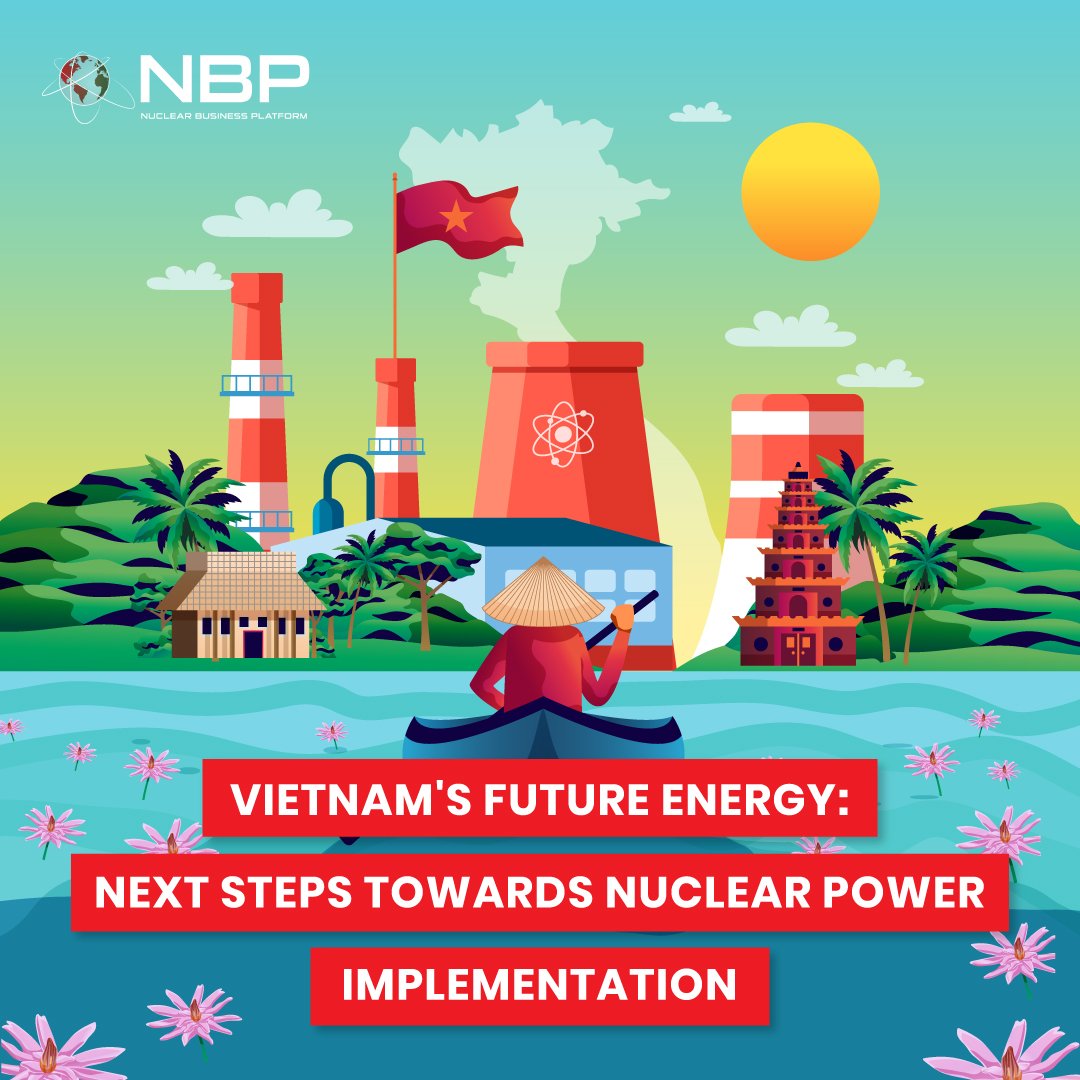
Vietnam's Future Energy: Next Steps Towards Nuclear Power Implementation
Vietnam is reviving its nuclear energy ambitions! With a target of 9 GW by 2040, the government is fast-tracking the Ninh Thuan nuclear power project and exploring SMRs. This strategic move strengthens Vietnam's commitment to clean energy and sustainable development.
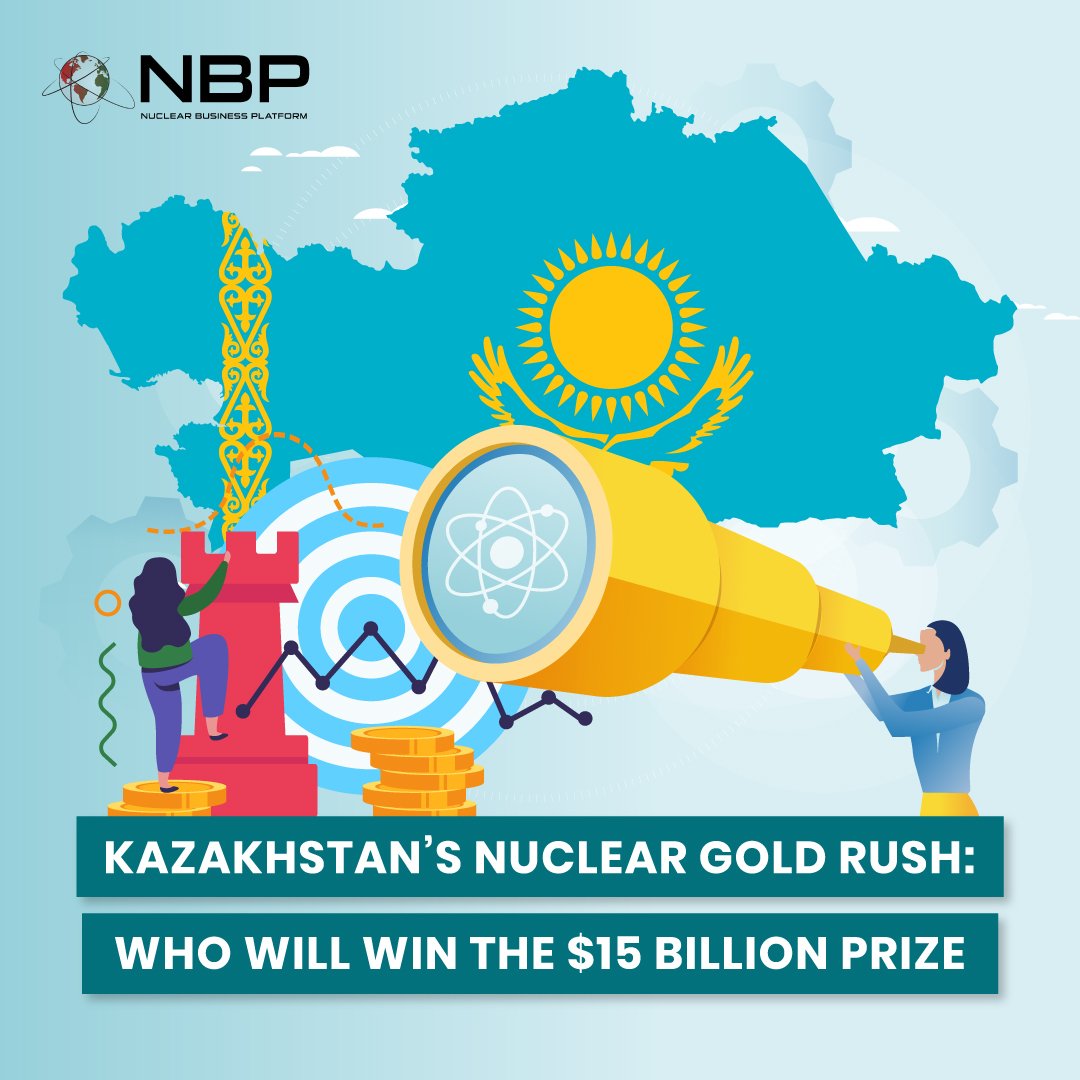
Kazakhstan’s Nuclear Gold Rush: Who Will Win the $15 Billion Prize
Kazakhstan's first nuclear power plant is attracting global attention! With a $10-15 billion project up for grabs, China, South Korea, Russia, and France are vying to build and operate the plant. This presents a massive opportunity for international nuclear companies seeking to enter a growing market and contribute to Kazakhstan's clean energy future.
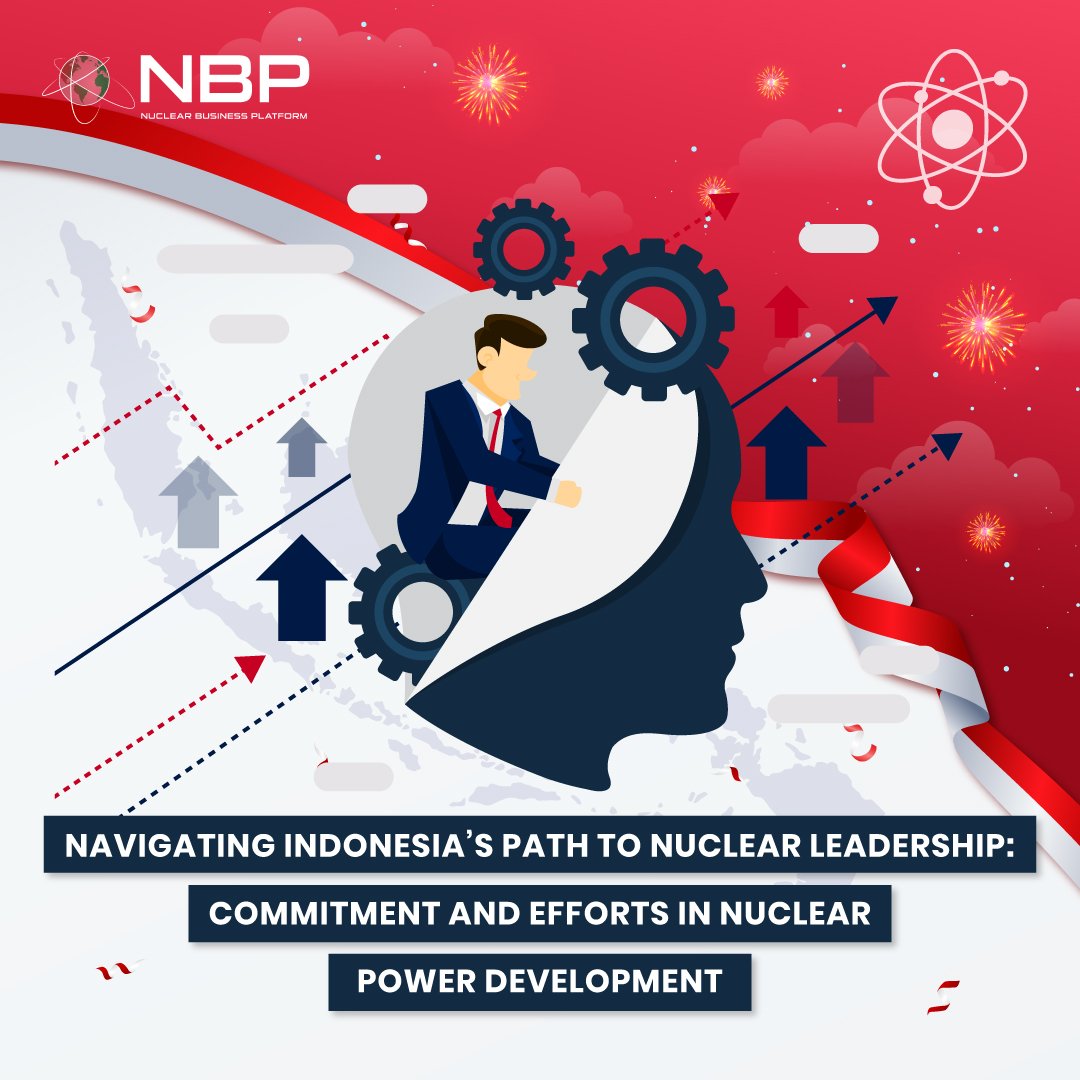
Navigating Indonesia’s Path to Nuclear Leadership: Commitment and Efforts in Nuclear Power Development
Indonesia is reigniting its nuclear ambitions! With a goal of 9 GW of nuclear capacity by 2040, the country is exploring SMR technology and prioritizing workforce development. This renewed commitment to nuclear energy marks a significant step in Indonesia's journey towards clean energy and sustainable development.
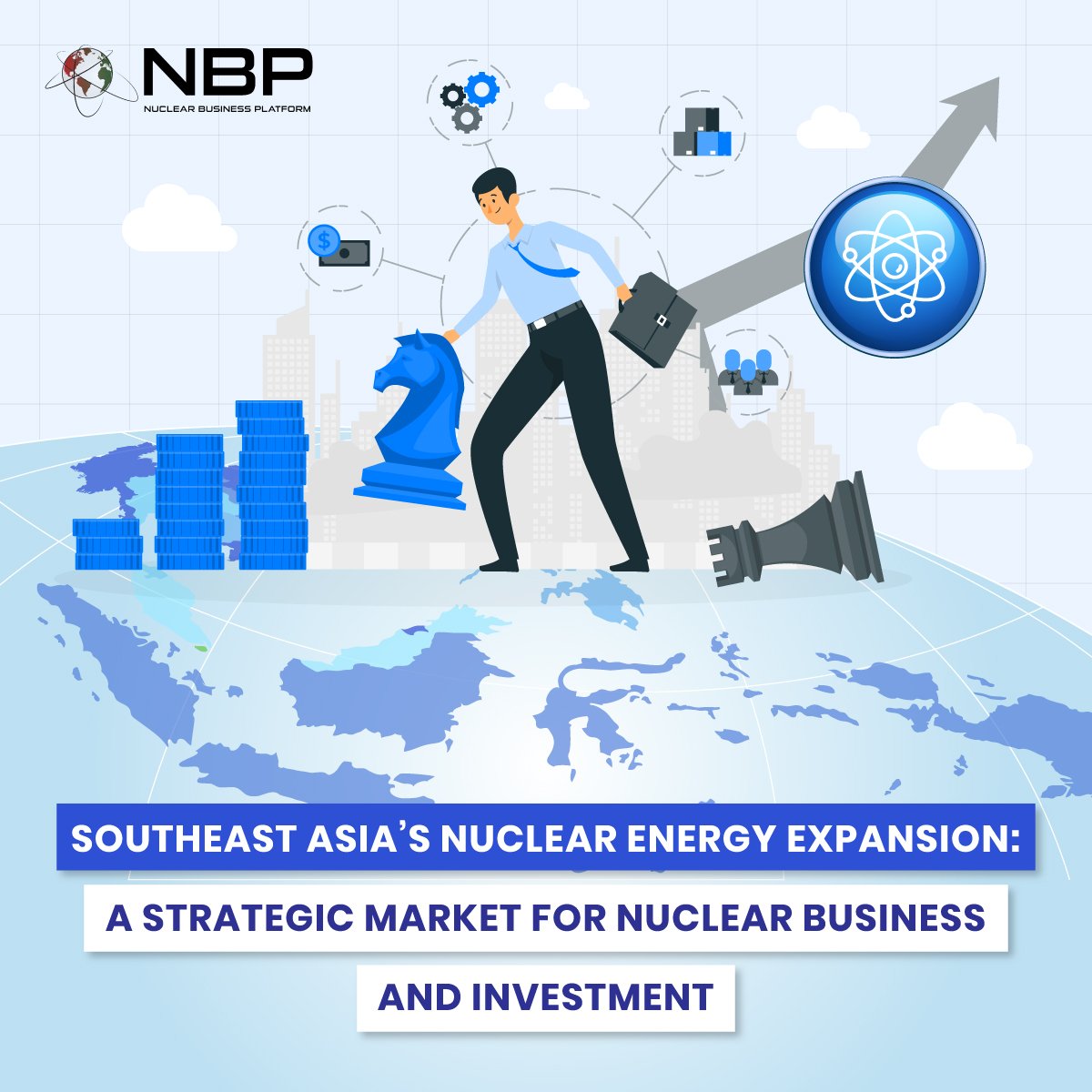
Southeast Asia’s Nuclear Energy Expansion: A Strategic Market for Nuclear Business and Investment
Southeast Asia is embracing nuclear energy! With countries like Indonesia, Malaysia, Philippines, and Vietnam actively pursuing nuclear power projects, the region is poised for a nuclear renaissance. This presents a multi-billion-dollar opportunity for global investors and nuclear companies seeking to capitalize on this growing market.
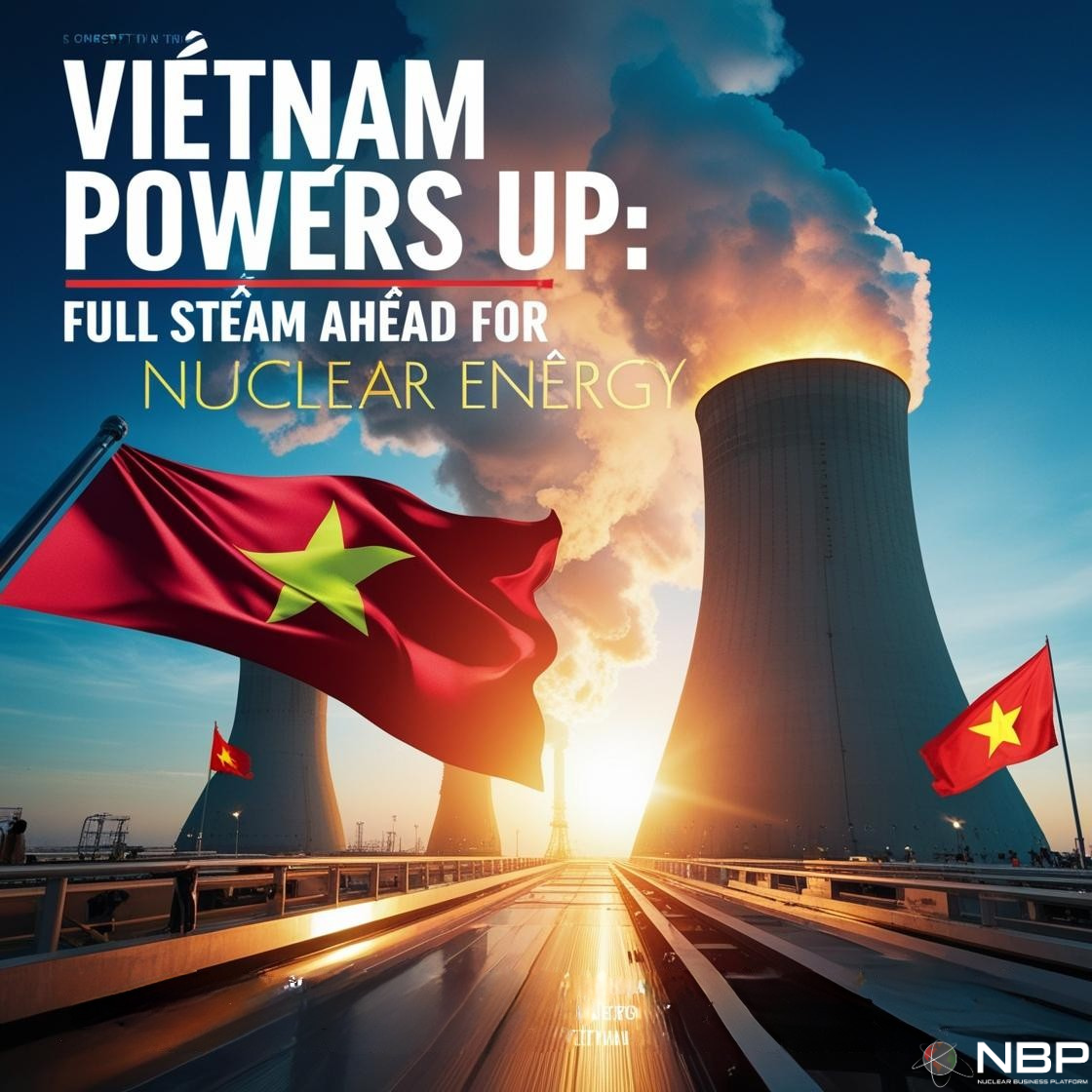
Vietnam Powers Up: Full Steam Ahead for Nuclear Energy
Vietnam is reigniting its nuclear ambitions! With a new Steering Committee led by Prime Minister Pham Minh Chinh, Vietnam is taking decisive steps to establish its first nuclear power plant by 2030. This renewed commitment to clean energy marks a significant milestone in Vietnam's sustainable development journey.
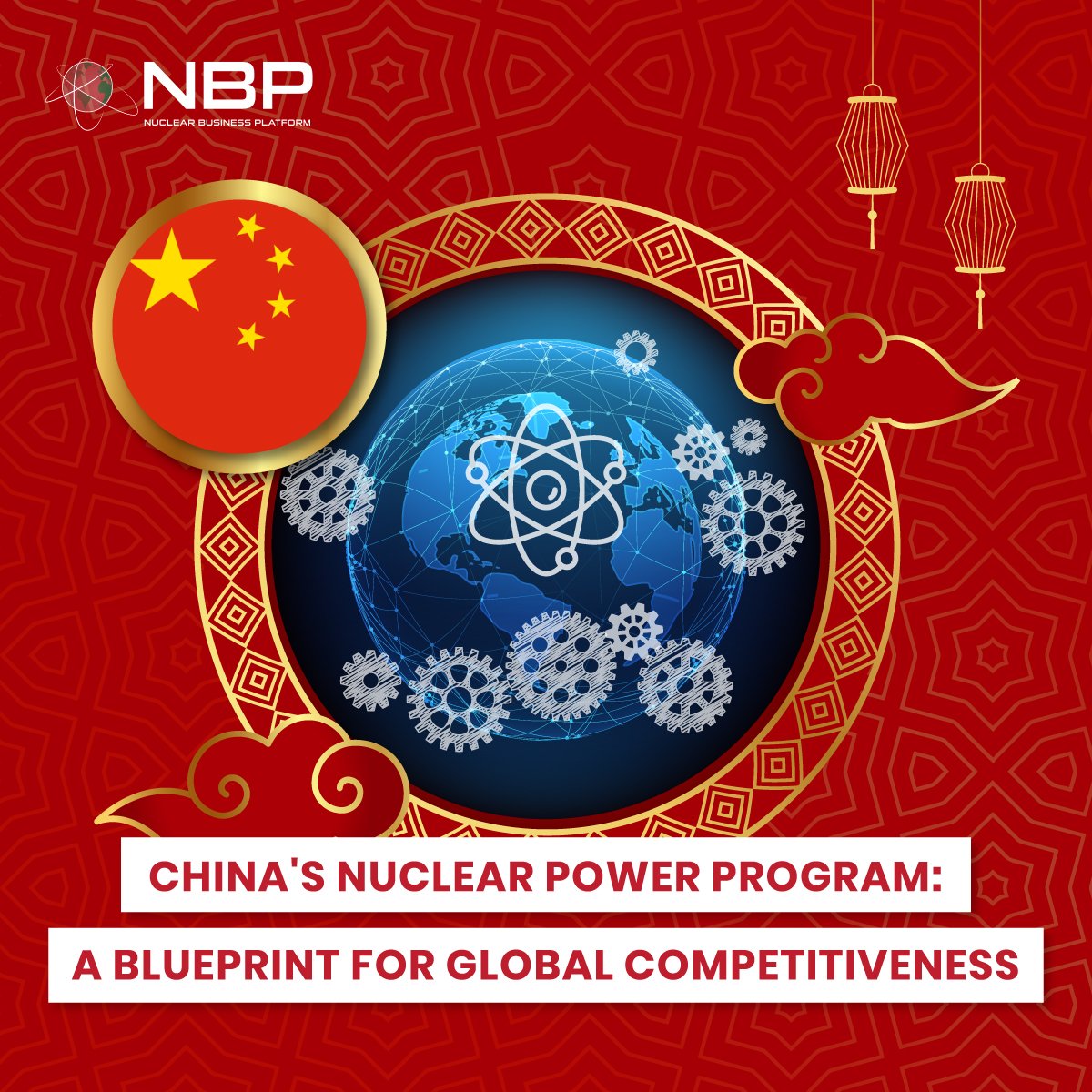
China's Nuclear Power Program: A Blueprint for Global Competitiveness
China is leading the way in nuclear energy! With 57 operational reactors and 30 more under construction, China is rapidly expanding its nuclear capacity, aiming for 200 GW by 2035. Strong government support, advanced technology, and a focus on innovation have positioned China as a global leader in the nuclear sector.
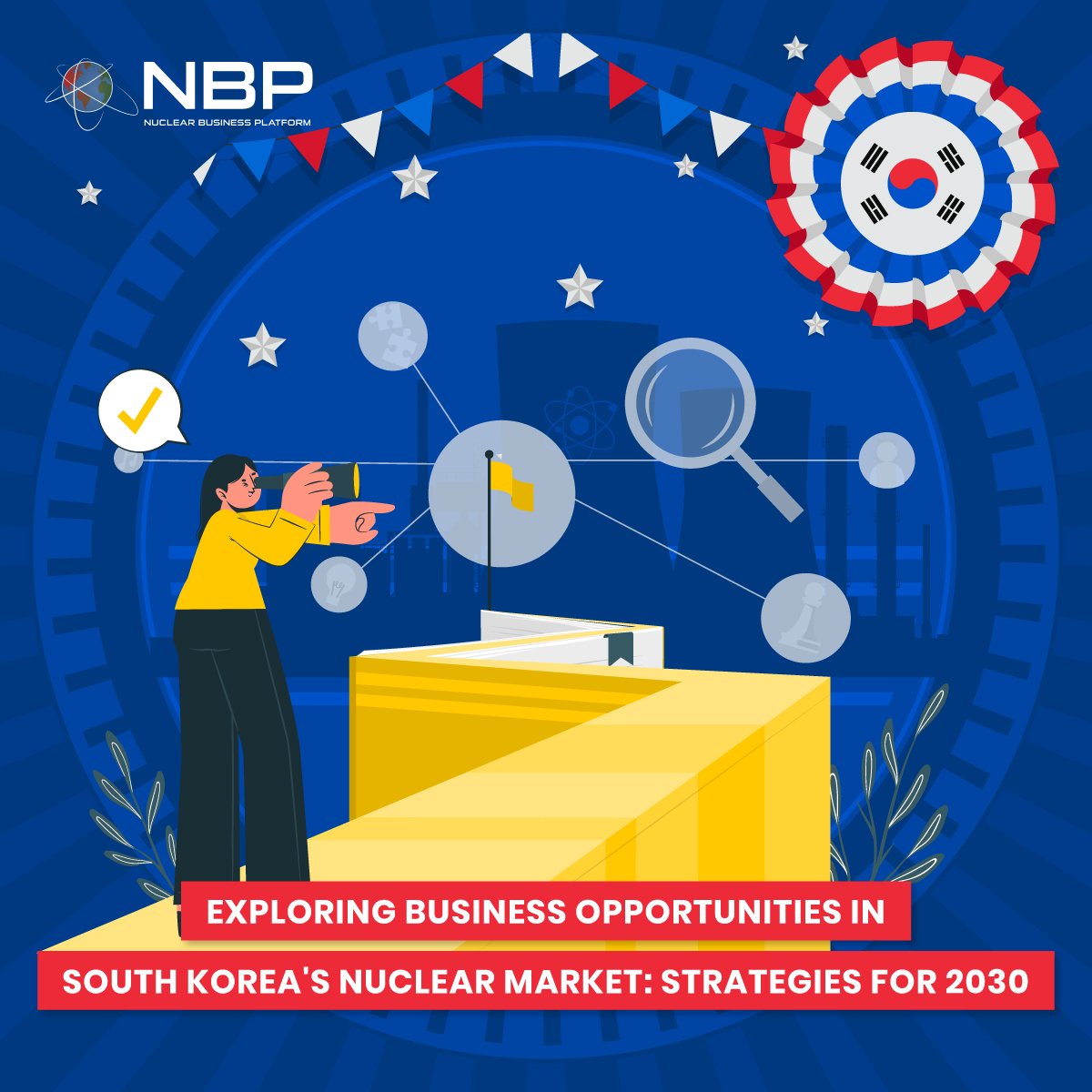
Exploring Business Opportunities in South Korea's Nuclear Market: Strategies for 2030
South Korea is going nuclear and wants YOU to join them! With massive government investments, a focus on next-generation reactors (including SMRs!), and strong partnerships with private companies, South Korea is a HOT market for nuclear companies and investors. Don't miss out on this opportunity to be part of a dynamic and growing sector!
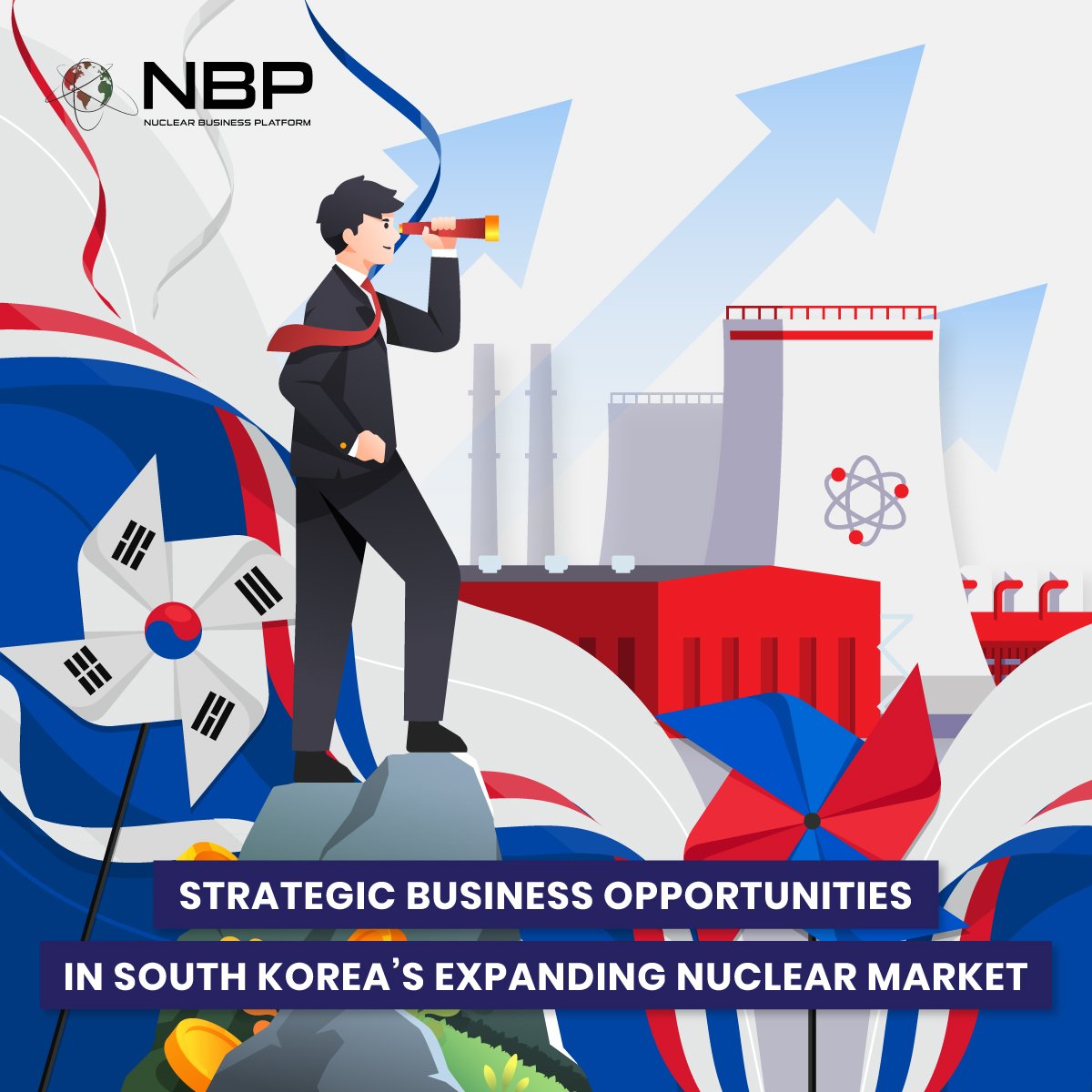
Strategic Business Opportunities in South Korea’s Expanding Nuclear Market
South Korea is ramping up its nuclear power program and opening doors for international collaboration! With ambitious plans to secure 10 new nuclear power plant orders by 2030 and a strong focus on SMR development, South Korea offers a wealth of opportunities for foreign companies. From joint ventures and R&D collaborations to accessing broader Asian markets, now is the time to partner with South Korea and be part of its nuclear success story.
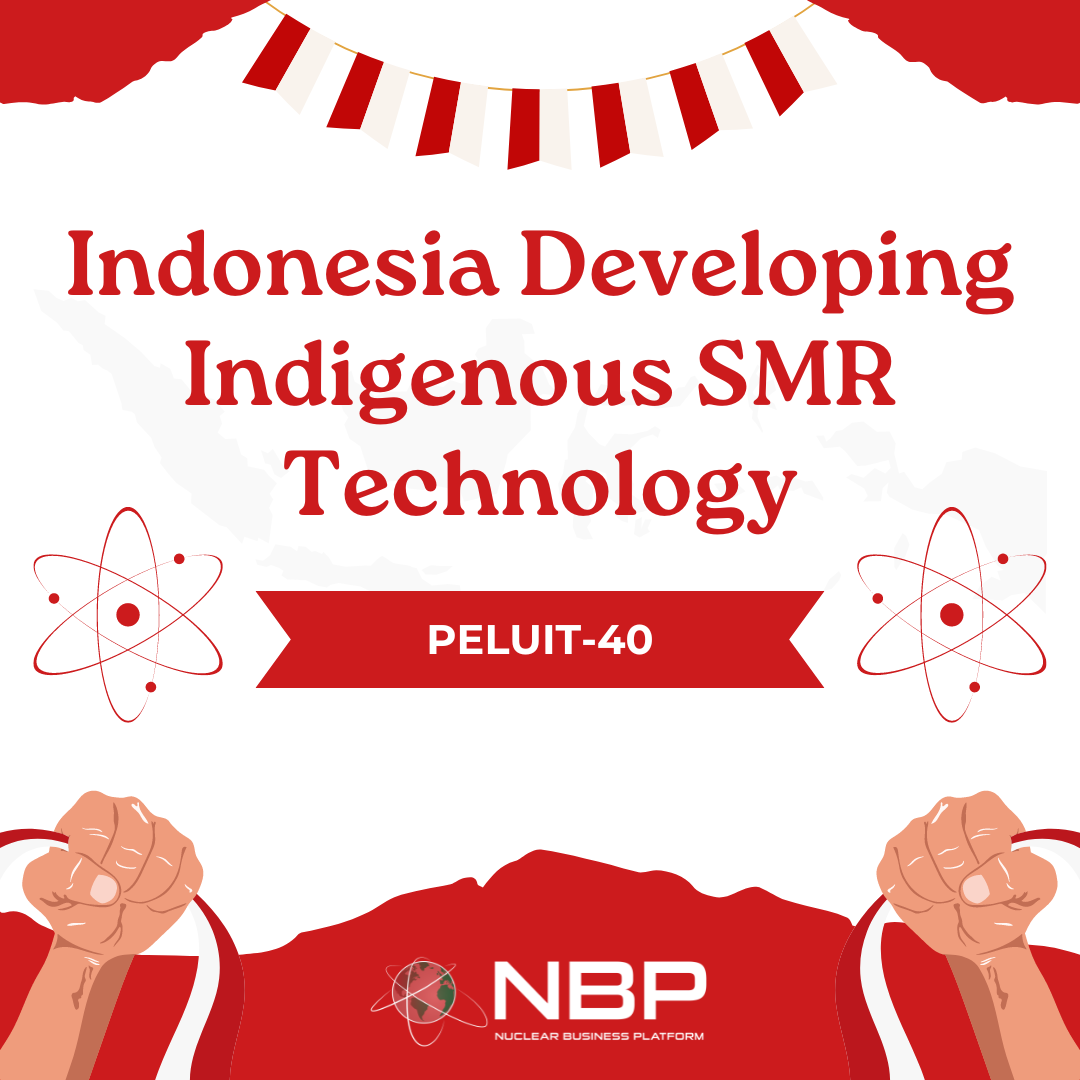
Indonesia Developing Indigenous SMR Technology
Indonesia is heating up its clean energy game with PeLUIt-40, an ultra-high temperature nuclear reactor! 🔥 This innovative project could generate not only electricity but also low-carbon hydrogen. 🌱 Learn more about Indonesia's ambitious plans for nuclear energy and how it could shape the future of clean energy in Southeast Asia.

Indonesia Targets Commercial Operation of Nuclear Power Plants by 2032
Indonesia is accelerating its nuclear ambitions! 🇮🇩 The government has moved up the timeline for commercial nuclear power to 2032 and is actively collaborating with global partners. New regulations are in place to streamline development, with public support already exceeding 60%. Could this be the dawn of a new energy era for Indonesia?
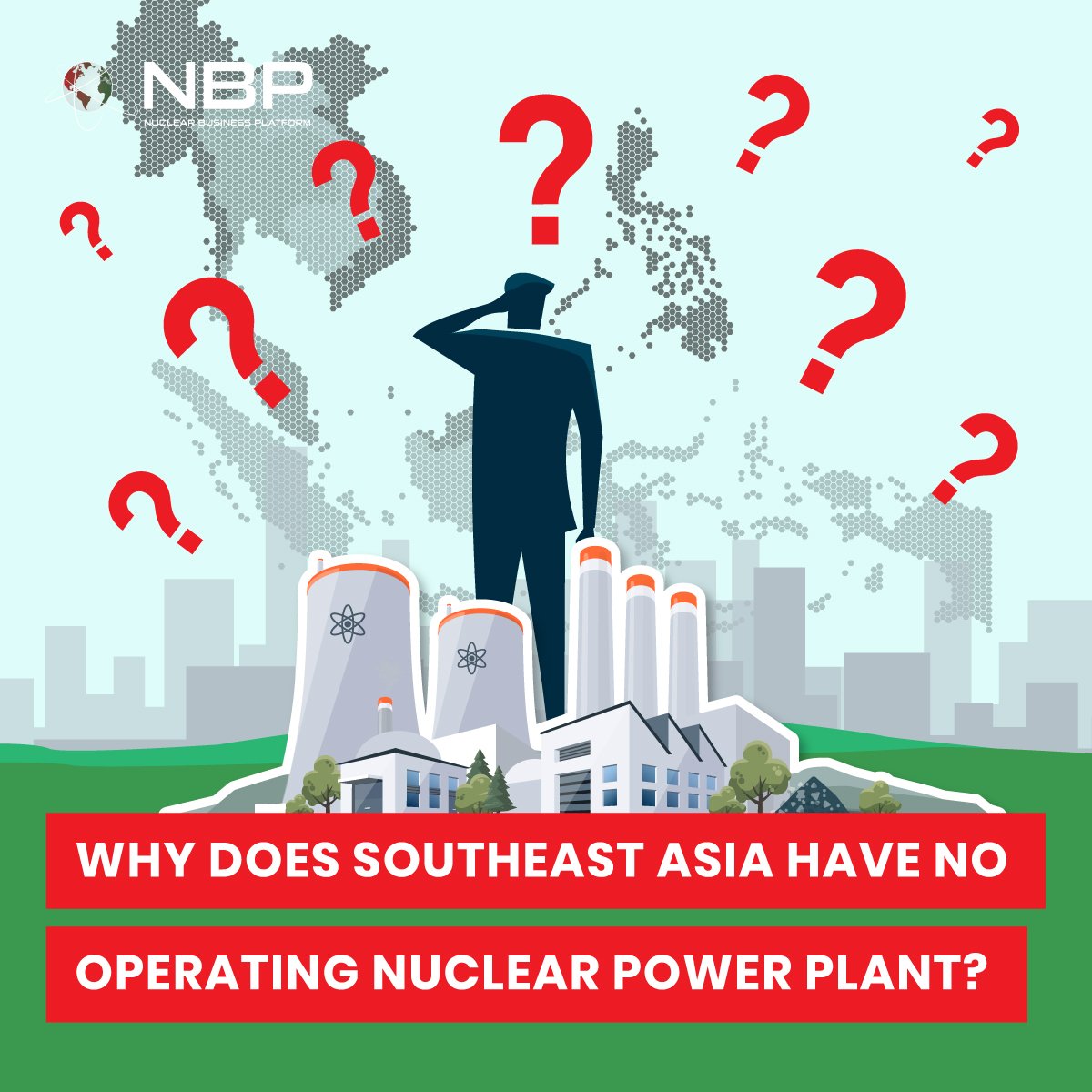
Nuclear Power: Curse or Cure for Southeast Asia's Energy Future?
As Southeast Asia booms, its energy needs skyrocket. Could nuclear power, once attempted and abandoned, hold the key to the region's future? Past hurdles, Bangladesh's surprising success, and lessons learned suggest nuclear deserves a second look. Discover why in this in-depth analysis.

Thailand To Adopt Nuclear Energy To Achieve Carbon neutrality By 2050
Thailand, a Southeast Asian nation with a population exceeding 70 million and a booming economy (GDP exceeding $490 billion USD), is poised to embrace nuclear energy as part of its clean energy future. This shift presents exciting opportunities for international suppliers in the nuclear sector.
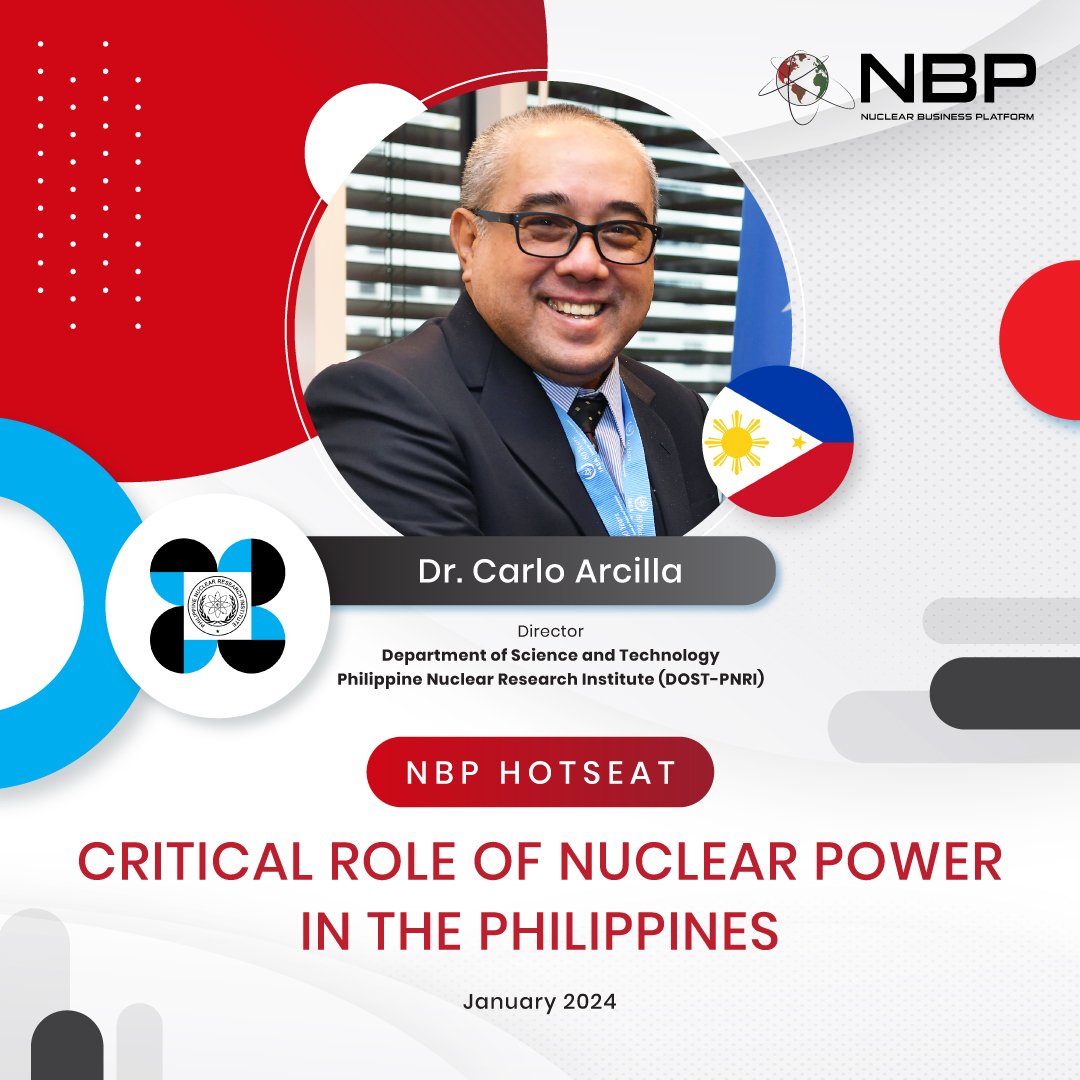
The Critical Role of Nuclear Power For The Philippines
The development of nuclear power in the Philippines is a pressing national priority. With electricity rates among the highest in Southeast Asia, nuclear energy offers a reliable and cost-effective solution to the country's energy challenges. President Ferdinand Marcos Jr. has consistently advocated nuclear power as a way to provide affordable electricity to Filipino households and businesses.
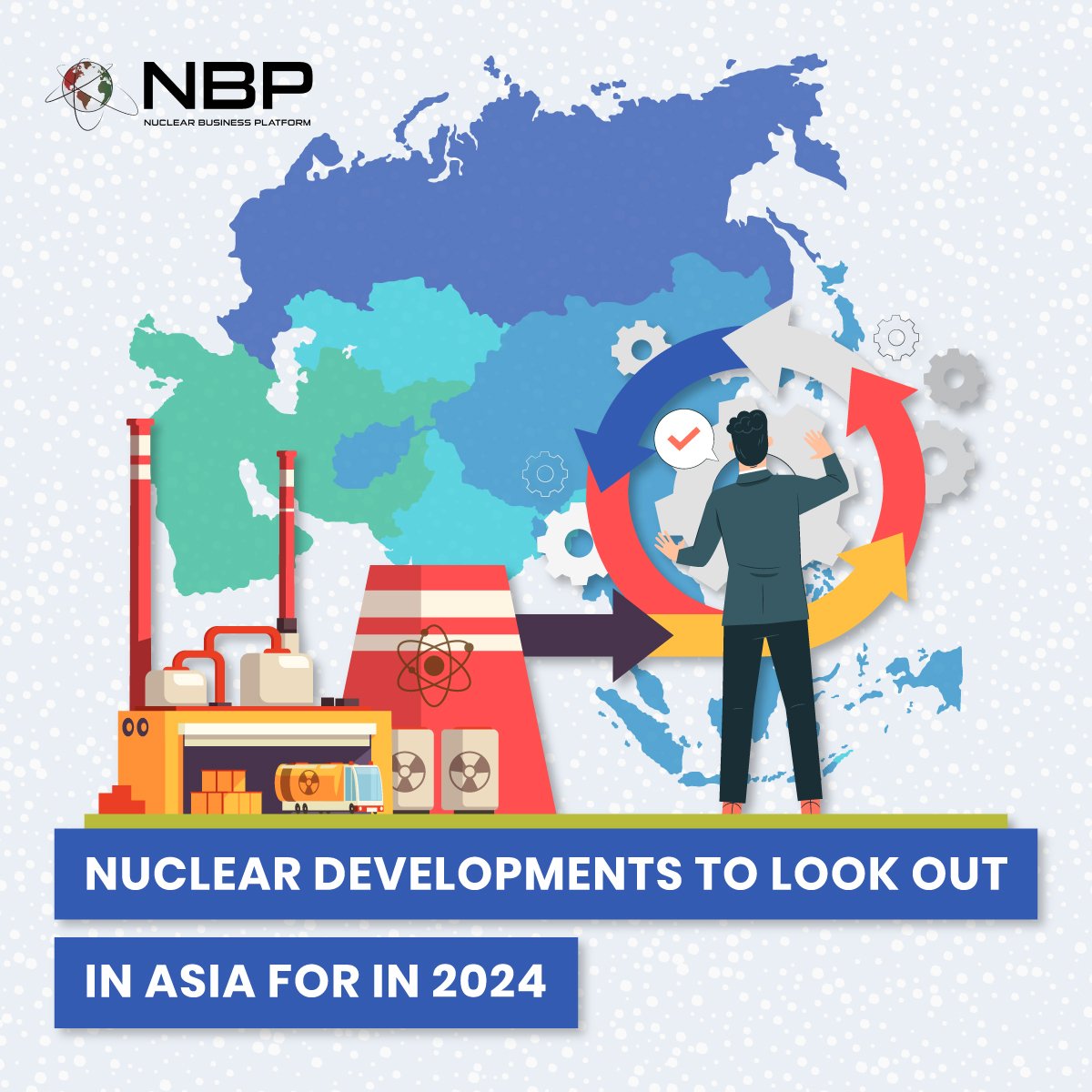
Nuclear Developments To Look Out in Asia For in 2024
Asia is a continent that has been at the forefront of nuclear energy development for several decades. With the world’s largest population and a rapidly growing economy, Asia’s energy needs are expected to increase significantly in the coming years. As we enter 2024, several countries in Asia are poised to make significant strides in nuclear energy development. What are some of the key nuclear developments to look out for in Asia in 2024?
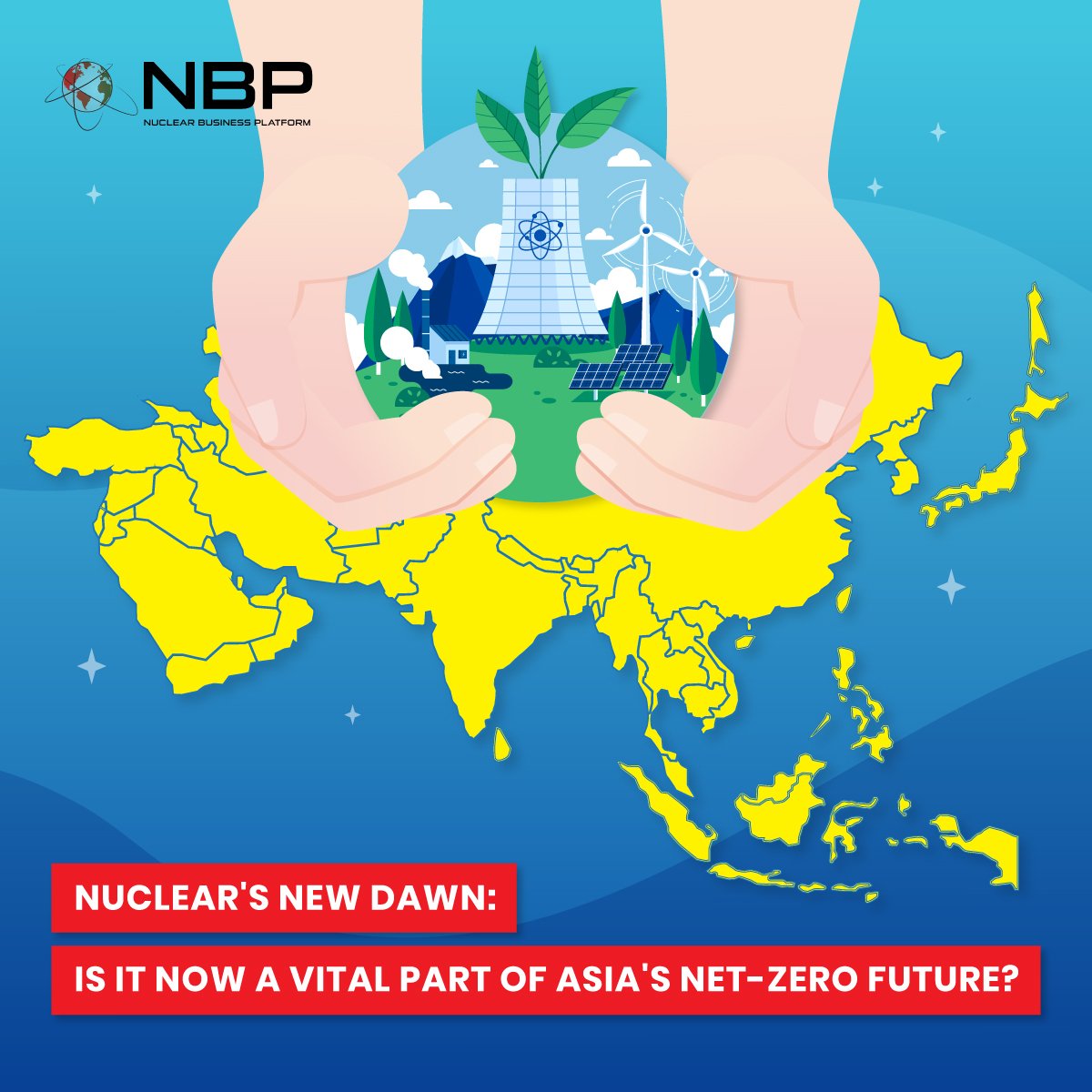
Nuclear's New Dawn: Is it Now a Vital Part of Asia's Net-Zero Future?
Asia has recognized the critical role nuclear energy plays in meeting its burgeoning energy needs while tackling climate change. Numerous Asian nations have embraced nuclear power as a viable and sustainable solution to reduce their carbon footprint. Currently, Asia boasts approximately 140 operational nuclear reactors, and plans for an additional 40-50 reactors are in place, showcasing Asia's commitment to nuclear energy.
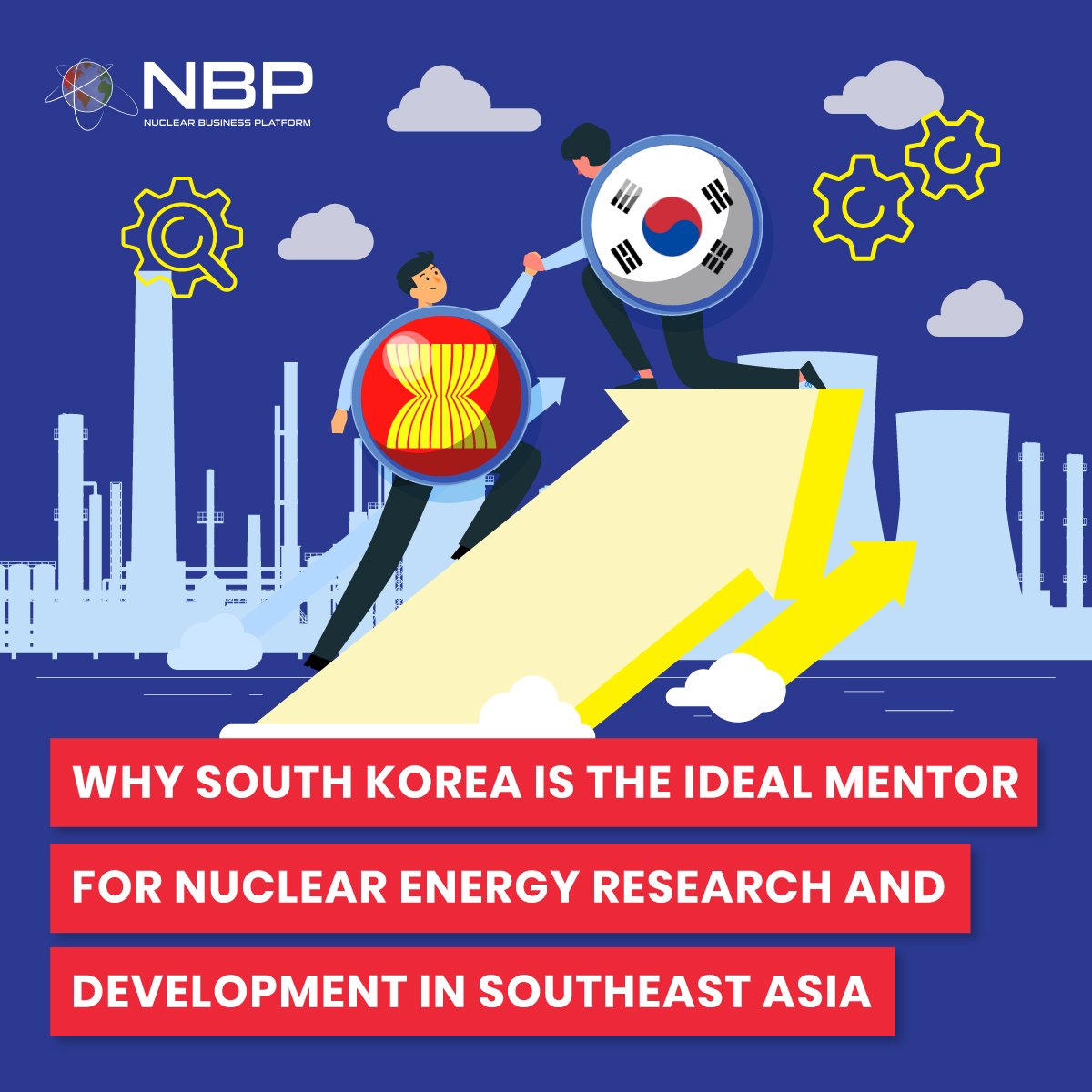
Why South Korea Is the Ideal Mentor for Nuclear Energy Research and Development in Southeast Asia
Some Southeast Asian nations are exploring the possibility of incorporating nuclear energy. While nuclear plants can generate reliable, emissions-free energy, investing requires thorough research and expertise. Emerging nuclear energy nations should build robust R&D programs to enable safe, sustainable sectors. Strong R&D develops critical knowledge and best practices for operations and regulation. Tapping into South Korean expertise could allow efficient, safe adoption. Only few countries can match South Korea's 35+ years of focused nuclear energy R&D.
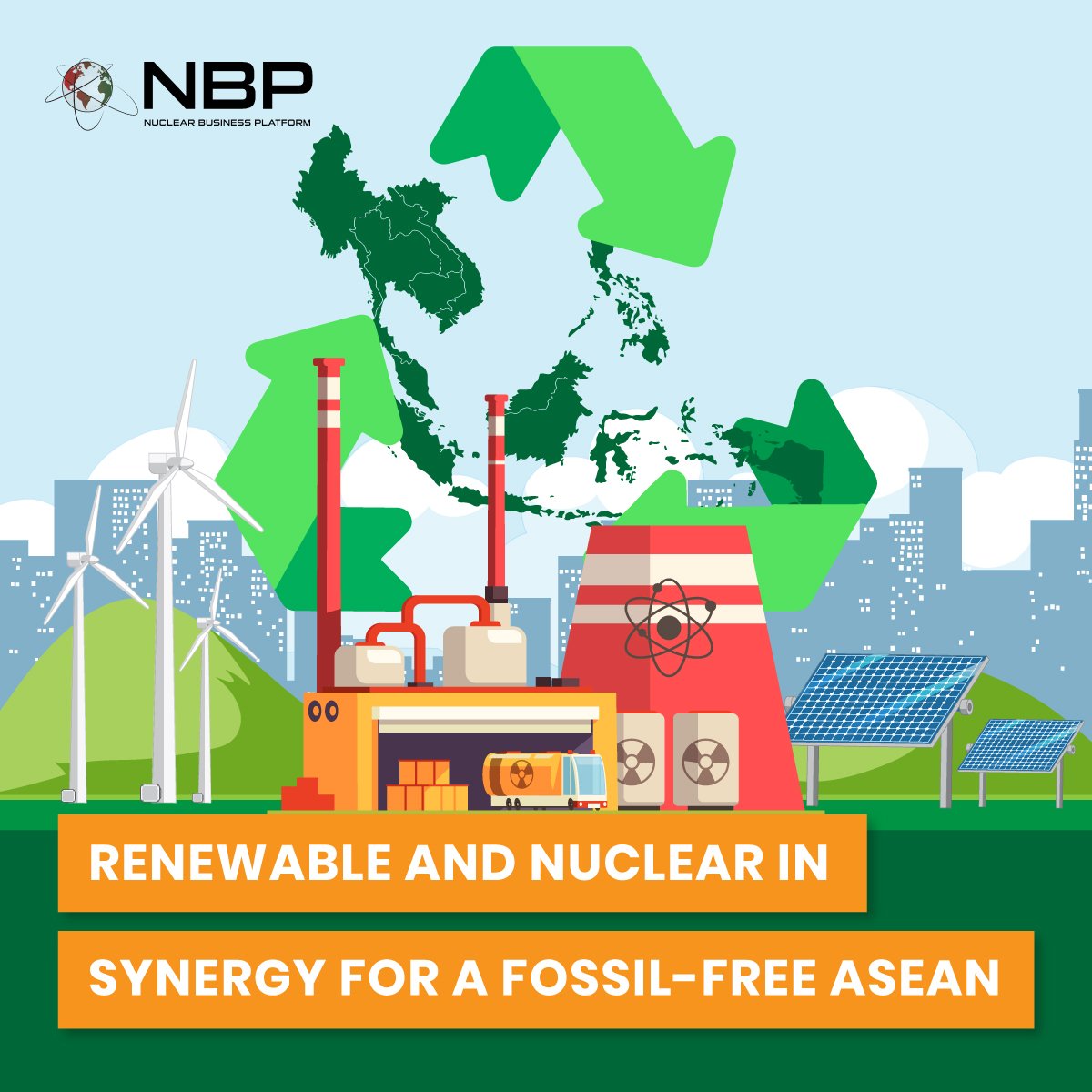
Renewable and Nuclear in Synergy for a Fossil-Free ASEAN
ASEAN is actively addressing the energy challenges accompanying its remarkable economic growth. The broader vision involves a comprehensive energy transition, acknowledging the need to reduce reliance on fossil fuels and increase the share of renewables and clean technologies, emphasizing a sustainable and green energy future for the ASEAN region.
